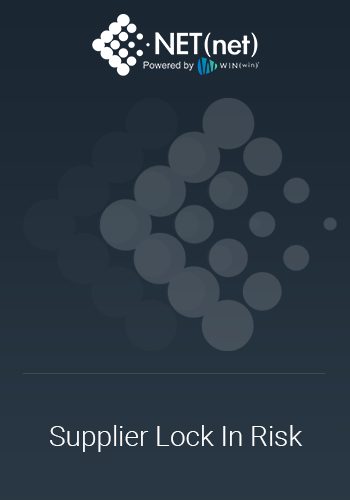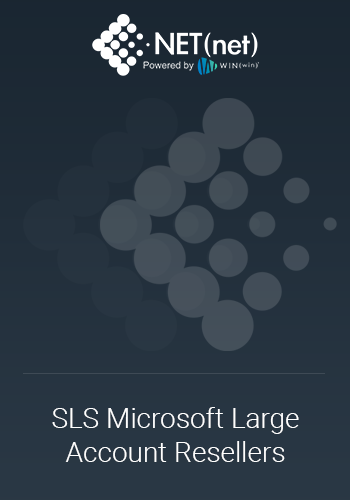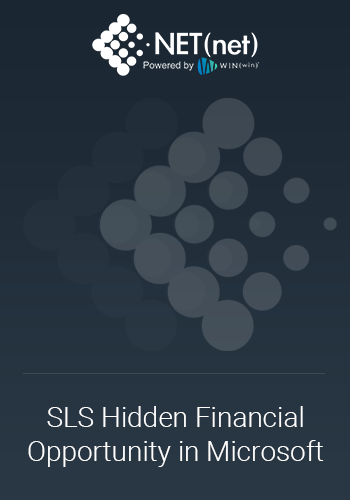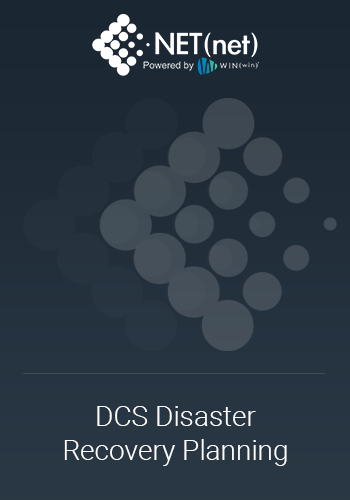In 1847, a young doctor named Ignaz Semmelweis was working in a maternity ward where he had discovered that a regime of hand washing could dramatically lower the incidence of childbed fever. Unfortunately, the medical establishment rejected his ideas and the ‘germ theory of disease’ didn't take hold until decades later. The phenomenon is now known as the “Semmelweis reflex”, which is the tendency for people to reject new knowledge that contradicts established beliefs.
For Financial Services, “Winter is coming” in terms of Digital Disruption by way of FinTech companies invading their space.
What is Digital Transformation? Digital transformation is the integration of digital technology into all areas of a business, fundamentally changing how you operate and deliver value to customers.
What is FinTech? FinTech is a term for companies that leverage technology to create new and better financial services for both consumers and businesses. Investments in FinTech are significant and growing. For example, KPMG reported that 2018 started with a bang with overall Venture Capitalist, Private Equity and M&A investment deals ($57.9 billion across 875 deals) at mid-year already well above 2017’s total investment results.
Customer Centricity in Financial Services
There are 3 main reasons why Digital Transformation is a challenge in Financial Services.
- ‘In Financial Services We Trust’. Over the centuries, Financial Services companies have developed lots of procedures. Not only in terms of workflow, compliance, and products but also in their corporate culture. It is not easy to bring down the walls of tradition and create a climate of innovation.
- Does it Pay Off? Innovations in Financial Services are not always profitable. The promises of digital technologies include lower operational costs, more product innovation and improved customer experience. Unfortunately, many organizations struggle to translate their digital innovations into financial success.
- Can it be done? Implementation of innovations are difficult to execute. Shifting a corporation from product-oriented to customer-oriented requires a tremendous amount of effort to map customer journeys. Everyone who has tried this knows there is no such thing as a unified customer journey.
Redrawing the Lines
A new report from the World Economic Forum finds FinTech has fallen short of their ambitions to upend the competitive landscape in finance. Despite influencing the direction of innovation, many have failed to capture large market share. Until recently, the Financial Services Industry feared that new entrants would disrupt key parts of their business. Instead, incumbents rely on their own strengths while startups are seeing how hard it is to scale in a highly regulated industry. Case in point is the recent backtracking by Robinhood.
Instead, both have come to see the advantages of working together. According to PwC’s 2017 Global FinTech Report, 88% of incumbents expect to increase FinTech partnerships in the next 3 to 5 years. In that same report, PwC notes that integration will not be easy. Differences in management style and culture, as well as regulatory uncertainty and legacy technology limitations, are major challenges to working together.
Invest in IT to Keep Up
Investment in enabling technologies will help narrow the gap for Financial Services companies and FinTech start-ups to work together. Many of the large companies in Financial Services rely on core systems built 35 years ago, written in COBOL and running on mainframes. It is not easy to create new products and services; however, outdated mindsets can be as limiting as outdated IT systems, Ignaz Semmelweis would say.
IT spending is at an inflection point, especially given the harsh realities that organizations face. According to IDC and Gartner, there will be flat IT budget growth over the next four years, however, underneath that will be a steady decrease in legacy spend accompanied by a corresponding increase in next-gen technologies with a focus on data analytics and mobile technology.
While there are many challenges with IT procurement, there are 2 that stand out in this context: Rapid Pace of Change and IT Specialization.
- Rapid Pace of change – Figuratively speaking, what is new today will be old tomorrow. The complexities of IT procurement call out for the participation of multiple stakeholders including Sourcing, License Management, Legal and Risk. Further, depending on the project, organizational integration is often required for success, and internal subject matter experts or 3rd party specialized support is needed.
- IT Specialization – IT suppliers know their business well and have focused experts working to develop, market, sell, and support their IT wares and services. Given the desire to avoid failure in an IT project, this can lead to a heavy dependency on a chosen IT supplier, which significantly reduces the leverage to optimize the deal.
Nothing to Lose but a Fortune to Gain
Sure, Digital Transformation is a business strategy and not an IT strategy. It is all about making the business agile and responsive to the market. IT and business owners are looking to engage suppliers to deliver these capabilities into their organizations. This puts the onus on IT and Procurement to evaluate and negotiate these complex and unique deals. And, do this quickly so that neither become the bottleneck for business transformation.
Most often, change efforts fail because they seek to overpower rather than attract. Semmelweis sent angry letters to his critics, rather than address their concerns. He was not forging a partnership to create a shared purpose.
Digital Transformation creates an environment for Procurement and IT to excel at engagement management and stakeholder alignment. To avoid the Semmelweis Reflex, this alliance then should acquire IT specialization, use all available market intelligence and design specific negotiation strategies to affect the outcome.
Benefit of Hindsight and Foresight
Chief among all challenges for financial services firms today is how to move past mere survival mode, to thrive mode. At NET(net) we call this the Thrive Ultimatum. Pulling together and melding these disparate elements; corporate culture, profit vs innovation, large scale implementations, fintech start-ups vs incumbents, flat budget growth, rapid pace of change, and IT specialization, leave little room for error. Federated Market Intelligence enables NET(net) to rely on its 16 years of data gathered from 2,500 clients around the world, coupled with our subject matter experts that average 25 years’ experience each, enable us to both learn from past and present to build a sound foundation for transforming any IT organization into the digital age.
About NET(net)
Celebrating 16 years, NET(net) is the world’s leading IT Investment Optimization firm, helping clients find, get and keep more economic and strategic value. With over 2,500 clients around the world in nearly all industries and geographies, and with the experience of over 25,000 field engagements with over 250 technology suppliers in XaaS, Cloud, Hardware, Software, Services, Healthcare, Outsourcing, Infrastructure, Telecommunications, and other areas of IT spend, resulting in incremental client captured value in excess of $250 billion since 2002. NET(net) has the expertise you need, the experience you want, and the performance you demand. Contact us today at info@netnetweb.com, visit us online at www.netnetweb.com, or call us at +1-866-2-NET-net to see if we can help you capture more value in your IT investments, agreements, and relationships.
NET(net)’s Website/Blogs/Articles and other content is subject to NET(net)’s legal terms offered for general information purposes only, and while NET(net) may offer views and opinions regarding the subject matter, such views and opinions are not intended to malign or disparage any other company or other individual or group.

















